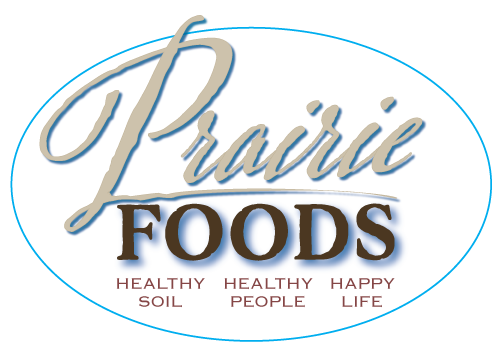Cooking Techniques: Moist vs. Dry Heat Cooking
Moist heat cooking is just that: techniques which involve cooking with moisture to transfer heat to the meat. Moist heat cooking techniques include steaming and using water, stock, wine, or any other liquid.
Braising makes for fall-off-the-fork meats, from the least tender cuts. To braise the meat, it is first browned, and then cooked - tightly covered, in a small amount of liquid, at low heat, for a long period of time. The result is highly flavored, tender meat. It is usually braised in the oven, but can also be done on the stovetop.
Stewing is very similar to braising, except stewing submerges the meat completely in liquid, versus the minimal amount of liquid used to braise. The meat is generally cubed or cut into small pieces prior to stewing, and the cook time can be shorter as a result. It may sound counter-intuitive, but tougher and inexpensive cuts make the best stews. Don’t make a stew with tender or fatty meat.
Dry heat cooking is best for more delicate cuts of meat - those cuts which come from the less exercised parts of the animal. Dry heat methods add robust flavor. These cooking methods are often done over high heat, for short periods of time, to prevent drying of the beef — and/or can be combined with slower, lower-heat cooking to finish.
Barbecuing / Smoking involves cooking for very long periods of time, using indirect, low-heat. Barbecuing is typically done over logs or wood chips which smoke the food. Technically, barbecuing or smoking meat is different from grilling.
Grilling is the most popular method used to cook steaks. Grilling means cooking over a gas or charcoal grill, or other heat source. Usually, grilling involves using high heat for a short period of time, with or without a finish on lower or indirect heat.
Pan Frying / Stir Frying is a quick, easy way to prepare your meat any time of year. Pan frying is a fast-cook method involving a small quantity of hot fat, such as oil or butter, as well as high heat and shorter cook times. Stir frying is a variation which incorporates smaller pieces of meat over very high heat, while consistently stirring. Stir frying at home (vs. in a restaurant) should be done in a skillet versus a wok. Marinating the meat first is a nice touch.
Pan Searing is similar to pan frying, and is a stovetop method which uses a skillet over high heat, with a little bit of oil. It will add flavor, but not fully cook the meat. Meat will finish cooking using some other method. Reverse pan searing is best for thicker steaks (over 1 inch), and begins in the oven and finishes on the skillet. Pan searing allows for even cooking, as well as the repurposing of the juices created in order to make a beautiful pan sauce.
Roasting usually incorporates larger pieces of meat cooked uncovered in the oven. The moisture reduces, while the connective tissues and fat soft tenderize the meat. Roasting oven temperatures and times can vary significantly depending on the cut. The meat is almost always browned first.
